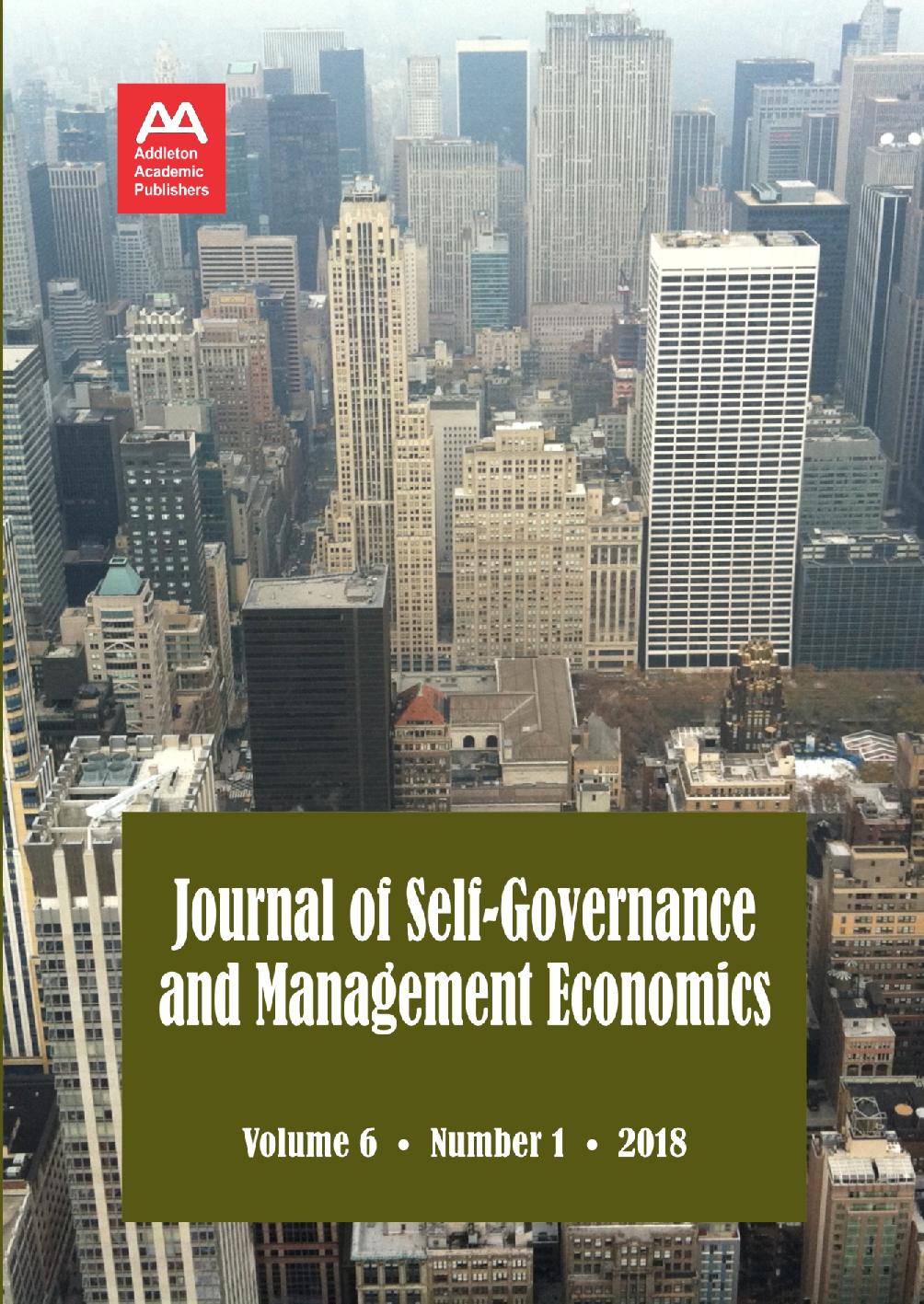SQUARING THE CIRCLE: ASSESSING WHETHER THE EUROPEAN UNION’S PURSUIT OF BILATERAL TRADE AGREEMENTS IS COMPATIBLE
WITH PROMOTING MULTILATERALISM
SQUARING THE CIRCLE: ASSESSING WHETHER THE EUROPEAN UNION’S PURSUIT OF BILATERAL TRADE AGREEMENTS IS COMPATIBLE
WITH PROMOTING MULTILATERALISM
Author(s): PATRICIA GARCIA-DURAN, LEIF JOHAN ELIASSONSubject(s): Business Economy / Management, International relations/trade, EU-Approach / EU-Accession / EU-Development
Published by: Addleton Academic Publishers
Keywords: European Union; multilateralism; bilateralism; trade policy; Free Trade Agreements (FTAs); Preferential Trade Agreements (PTAs);
Summary/Abstract: The European Union’s trade strategy since 2006 has been justified on the assumption that deep and comprehensive bilateral trade agreements are at worst complementary to and at best promote multilateral negotiations. Drawing from the literature on the impact of the multilateral regime on the formation and objective of bilateral or regional agreements this article challenges the EU’s position. While the European Commission claims that the WTO+ and WTO-X nature of the agreements determine the compatibility of bilateral and multilateral trade approaches, we argue that their complementarity is also impacted by what is happening at multilateral level. To this effect we introduce a new variable focusing on the level of difficulties in multilateral negotiations. While multilateral negotiations can spur new bilateral agreements as a strategy of promoting agreement at the multilateral level, bilateral agreements may instead become substitutes for multilateral agreements when the difficulties of achieving the latter become too severe. An empirical assessment indicates that the stalemate in the Doha Development Round post-2008 coincided with a shift in EU bilateral trade policy away from negotiations with emerging economies, to an intensified focus on large developed countries; agreements with the latter offered the EU the best alternatives to, and substitutes for, a multilateral agreement.
Journal: Journal of Self-Governance and Management Economics
- Issue Year: 6/2018
- Issue No: 1
- Page Range: 7-32
- Page Count: 26
- Language: English
- Content File-PDF

